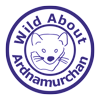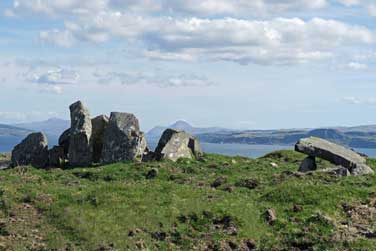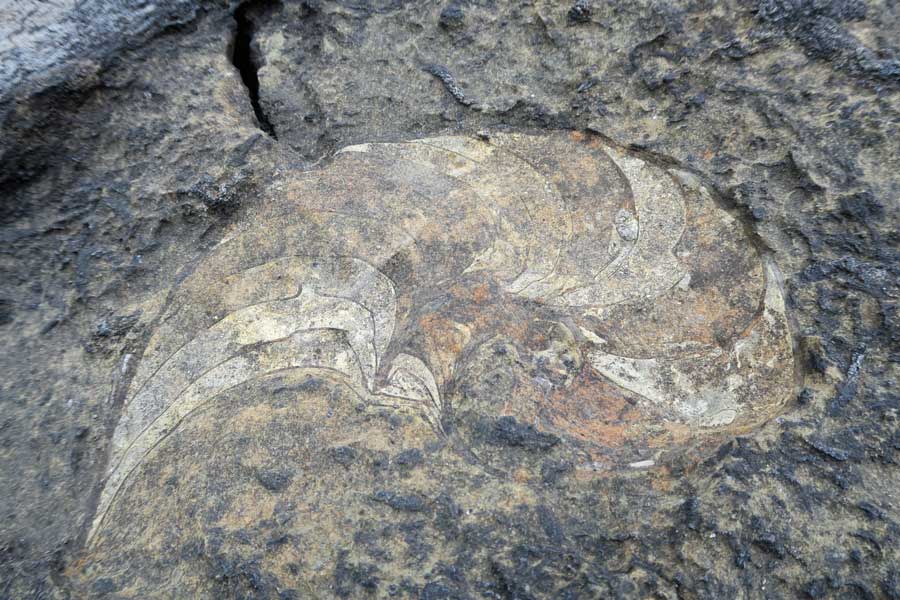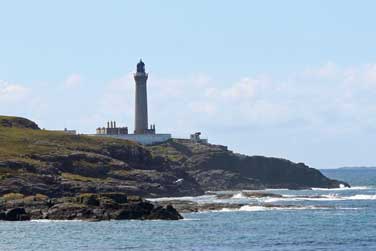Fossil Burn and Tennyson's Waterfall
Photos
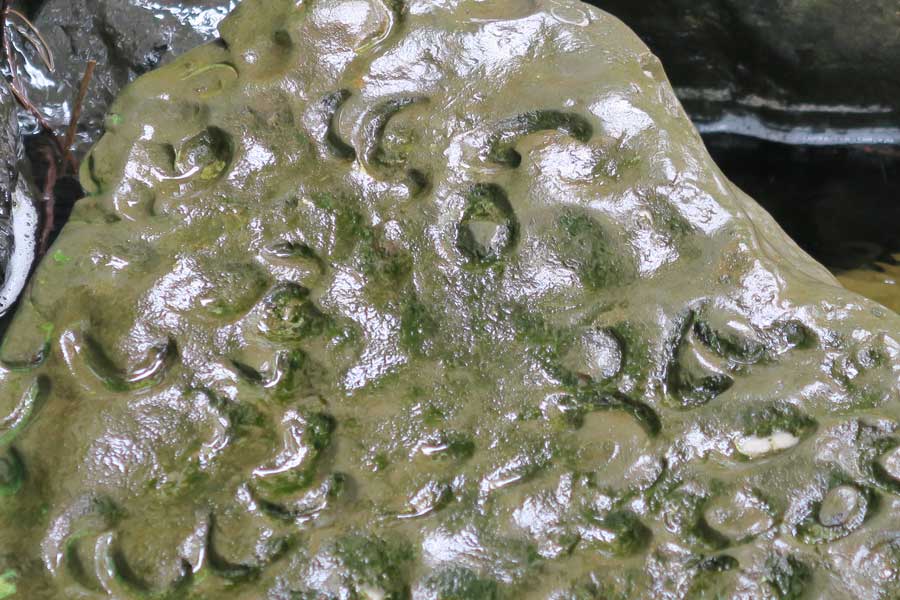
Take a lovely walk along the southern shore of Loch Aline to search for Jurassic fossils along a burn that runs through a Pabay Shale Formation. Admire the fine coastal views and beautiful deciduous woodland that skirts the track. You can also take a hike to stunning waterfall, named in honour of Alfred, Lord Tennyson, who was a regular visitor to Old Ardtornish House.
The fossils found in the burn are Gryphaea (Devil's toenails), an extinct genus of Jurassic bivalves that lived on the sea floor. The Gryphaea consist of two unequal values (shells), a large heavy curved shell and a smaller flatter valve, which are joined by a hinge. The specimens became buried and fossilised in the Pabay Shale Formation through which the burn flows. The Pabay Shales were formed approximately 183-199 million years ago. Subsequent erosion of the shales has revealed the presence of these ancient oysters which can be found in the burn and further down the coast.
If you ascend the lower flanks of Goirtein Dearg, you will also be rewarded by some stunning views of a waterfall where water from Allt na Samhnachain cascades over basalt that was formed during the Palaeogene (approximately 56 to 66 million years ago). There is also a derelict lime kiln, built into the hillside where locally quarried limestone was converted into quicklime by heating to extreme temperatures in a process known as 'calcination'.
The walk along the coast to the fossil burn affords some good views over Loch Aline and the Morvern Hills, the latter exhibiting the characteristic 'trap’ topography resulting from repeated lava flows from an ancient volcano centred around Mull.
Take the A884 to Lochaline. Approximately 3 km north of Lochaline, take the turning on the left to Ardtornish Estate. Park at the Ardtornish Estate Office (with permission) and take the coastal track signposted Old Ardtornish Estate, Boat House and Innimore Bay. Look out for an old lime kiln built into the hillside adjacent to a wooden bridge over a burn (Fossil Burn). The burn can be accessed through the gate.
Wander along the sides of the burn looking out for groups of fossils of Gryphaea either embedded in the boulders within the burn or loose within the stream bed.
After taking time to discover the fossilised secrets of the burn, you can either return by the same route or continue onto the waterfall. Details of the walk to the waterfall can be found on Wild About Lochaber. Please be aware that the walk to the waterfall can be steep in places.
